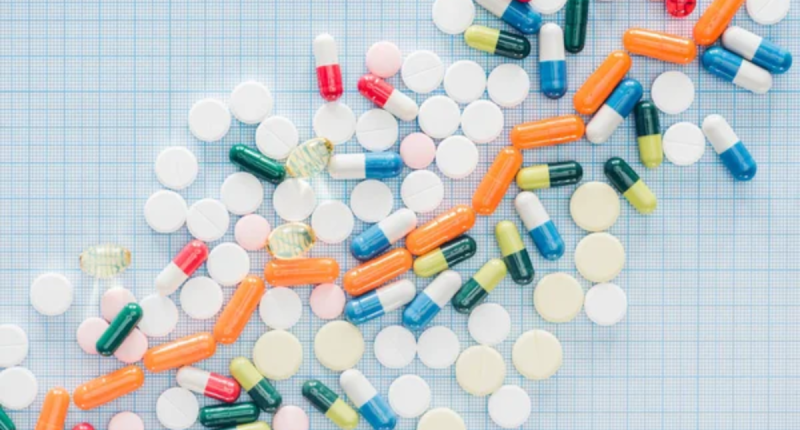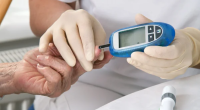Combating Antimicrobial Resistance: A Multi-faceted Approach to Address Pharmaceutical Effluents pollution
Antimicrobial resistance (AMR) poses a looming global threat, particularly in low- and middle-income countries (LMICs), leading to extended illnesses, increased antimicrobial consumption, escalating healthcare costs, and needless deaths. If left unchecked, AMR could plunge 24 million individuals into extreme poverty by 2030 and impede progress towards Sustainable Development Goals (SDGs).
AMR propagates through interconnected ecosystems, with humans, animals, and the environment acting as reservoirs. Pharmaceutical wastewater, laden with antibiotics and resistance genes, presents a substantial environmental hazard, primarily due to inadequate treatment and irresponsible disposal practices. The pharmaceutical industry is a significant contributor to environmental antibiotic pollution, with varying effluent management practices. Discharge of contaminated pharmaceutical wastewater harms water sources and ecosystems.
To curb the spread of AMR, urgent collaborative efforts are required among policymakers, regulators, manufacturers, researchers, civil society, and communities, embracing a One Health approach. Establishing global standards for pharmaceutical effluent antibiotic residues, implementing effective treatment methods, and enhancing diagnostics are crucial steps in addressing AMR’s environmental impact while safeguarding public health and the environment. National action plans should incorporate comprehensive strategies to combat AMR. Preserving antibiotic efficacy and ensuring sustainable production demand a united front from all stakeholders.

Key Takeaways:
AMR poses a severe global threat, particularly in low- and middle-income countries, with dire consequences for public health and economic stability.
Pharmaceutical wastewater, laden with antibiotics and resistance genes, significantly contributes to environmental antibiotic pollution, fueling the spread of AMR.
A multifaceted approach, embracing a One Health strategy and fostering collaboration among diverse stakeholders, is essential to combat AMR effectively.
Establishing global standards for pharmaceutical effluent management, developing next-generation antibiotics, and promoting prudent antimicrobial use are crucial steps in addressing AMR.
Collective action and shared responsibility are paramount to preserve antibiotic efficacy, protect ecosystems, and safeguard public health from the escalating threat of AMR.
Continue to check our website soundhealthandlastingwealth.com for more articles of this kind. And, please use our comment section as well, we would love to hear from you.










